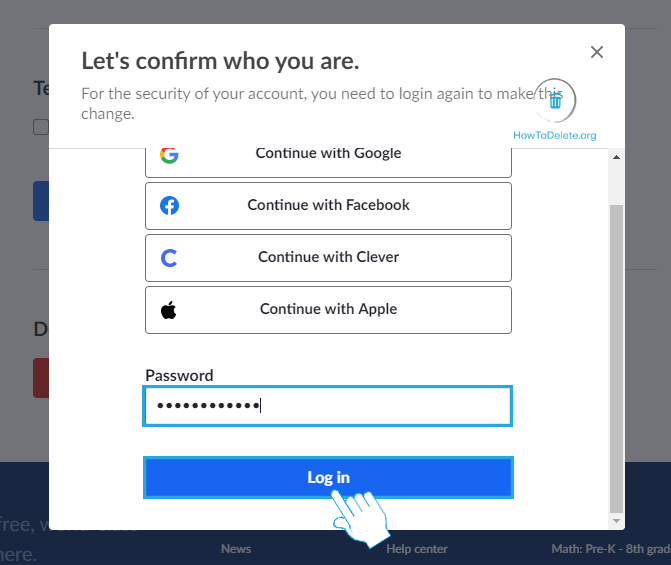

- #Enter your name and password for the server mac windows full
- #Enter your name and password for the server mac windows Pc
After adding all the information, you should be able to access it without further issues. Add the target PC's network credentials to Credentials Manager In newer Windows variants, navigate to: Control Panel > User Accounts > Credential Manager > select "Windows Credentials" > Add a Windows Credential In that menu, add the computer name you want to access, user name and the associated password.
#Enter your name and password for the server mac windows Pc
Also make sure the password on the server PC is not blank.

On the next screen, click on VPN in the left pane. Open Settings on your computer and click on Network & Internet tab. Another way of connecting to VPN is by accessing the Settings Menu in Windows 10. If all the above fails, as a last resort for some older versions of Windows, you may have better luck creating the same username on both the server and client PCs. On the next screen, you may be requested to enter your VPN User Name and Password in order to login to your secure VPN Network.
#Enter your name and password for the server mac windows full
Note that you have to use an username/password from the target machine, you may have to enter it in the following format: User name: servername\username (where "servername" is the name of the target PC, and username is a valid account on the target PC) Notes: The full path of the username could also work as: "\\servername\username", or even just "\username", depending on your environment. Enter valid user credentials If you'd like to keep password protected sharing turned on, or for some reason turning it off does not help, you can use actual username/password to connect. Note: If still having an issue, you can try leaving the Homegroup, then joining it again. Let Windows manage the HomeGroup Navigate to: Control Panel > Network and Internet > Network and Sharing Center > Advanced Sharing Setting > HomeGroup Connections > select "Allow Windows to manage homegroup connections (recommended)." You will be instructed to sign out, when you sign back in you should be able to access network shares/devices without being asked for credentials. Note: "Password protected sharing" must be disabled on the target/server PC, as this is looked at even before checking network share permissions. Turn off password protected sharing Navigate to: Control Panel > Network and Internet > Network and Sharing Center > Advanced Sharing Setting > choose "Turn off password protected sharing" for all networks. In such cases, your client PC shows the following "Windows Security" dialog: Enter network credentials Enter your credentials to connect to: servername Possible solutions to this common Windows network sharing issue are outlined below. To make matters worse, this "password protected sharing" is enabled by default on recent Windows versions. In newer MS Windows versions, it is sometimes impossible to access shared resources on the network without entering a valid username and password, and that can cause problems by itself with blank passwords, different user permissions on the target/client PCs, etc.


 0 kommentar(er)
0 kommentar(er)
